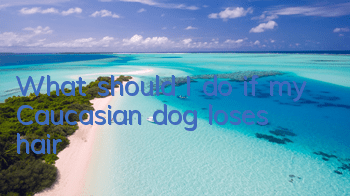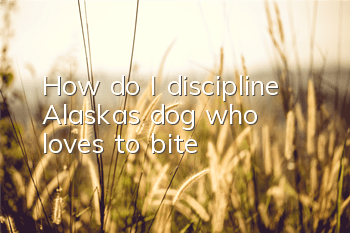A newborn puppy has no teeth in its mouth. As the dog grows up, it begins to have teeth. Then, after the teeth are replaced, the permanent teeth grow. At this point, the dog has all the teeth in the mouth. All grown up. Thereafter, during the dog's long growth years, due to the influence of diet, aging and other reasons, the dog's teeth will gradually wear out. The older the dog is, the more serious the wear will be, and old dogs will also lose their teeth.
The growth, wear, and loss of a dog’s teeth are closely related to the dog’s age. Clinical experiments have found that at each age stage of a dog, its teeth will show an inherent state:
The age of a dog is mainly determined based on the growth of the canine teeth, the tooth peaks and the degree of tooth wear, shape, color, etc. In order to make it easier to grasp, the dog's dental test is now introduced as follows:
Adult dogs have a total of 42 teeth, and puppies have a total of 28 teeth.
20 days—teeth begin to grow around the time
4-6 weeks old - all deciduous incisors grow in. When the baby is nearly two months old, all the deciduous teeth are fully elongated, white, thin and pointed.
2-4 months old——Replacing the first deciduous incisor
5-6 months old——Replace the second and third deciduous incisors and deciduous canines
After 8 months of age - all replaced with permanent teeth
1 year old————The permanent teeth are all long, white and bright, and the upper part of the incisors is pointed
1.5 years old————The large peak of the mandibular second incisor is worn until the small peak is flush. This phenomenon is called peak obliteration
2.5 years old——The peak of the second mandibular incisor is lost
3.5 years old————The peak of the maxillary first incisor is lost
4.5 years old——The peak of the maxillary second incisor is lost
5 years old————The peak of the third mandibular incisor is slightly worn, and the first and second mandibular incisors are worn.The surface is a distance shape
6 years old————The tip of the third mandibular tooth is obliterated and the canine teeth are blunt
7 years old————The mandibular first incisor is worn to the root of the tooth, and the wear surface is a vertical oval
8 years old————The mandibular first incisor is worn and tilted forward
10 years old————The wear surfaces of the second mandibular and maxillary first incisors are longitudinally oval
10-16 years old————The incisors are lost and the canines are uneven
PS: In fact, every dog has its own growth pattern. In addition to the growth, wear and loss of teeth, it is related to the dog's own physique, and the day-to-day care also has an impact on it. If you pay attention to brushing your dog's teeth and cleaning his mouth at ordinary times, his teeth will be healthier. Although it is not possible to clearly determine the year, month, or day a dog was born based on its teeth, it is still possible to determine the approximate age of the dog.








